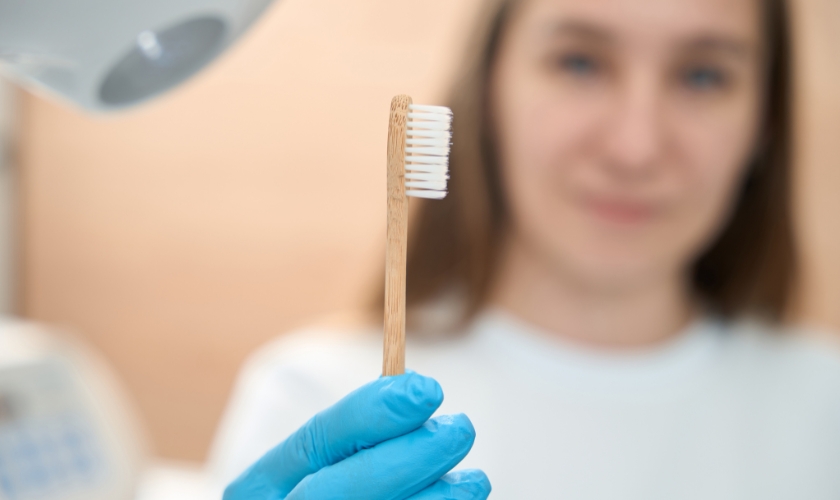
You brush your teeth every day, but have you ever wondered how effective your toothbrush is? Most people follow good oral hygiene practices, but forget one easy but essential habit: changing their toothbrush within 3 to 4 months.
Over time, bristles become frayed, harbor bacteria, and become less effective. And if you’re recovering from illness or oral disease, holding onto that same brush for so long can silently undo the benefit of your routine.
Taking care of your smile, knowing how to replace your toothbrush, is just as crucial as brushing right.
How Often Should You Change Your Toothbrush?
Most dentists, including the North Court Family Dentistry staff, recommend that you change your toothbrush every three to four months. It’s not only a recommendation—it’s endorsed by the American Dental Association.
But the most common signs to tell that it’s time to toss your old toothbrush away and use a new one are:
- Frayed or bent bristles
- Persistent odor or stain
- Recent cold, flu, or infection
- Bristles are coarse or useless when in use
Even the finest brushes lose their cleansing power. Once the bristles distort, they do not remove plaque anymore either, weakening your enamel and gums.
What Can Happen If You Keep Using an Old Toothbrush?
It may not seem problematic, but keeping using an old toothbrush is more harmful than you can imagine.
Frayed bristles don’t brush well. They glide over gums and crevices where bacteria settle. Left to their own devices, this can lead to:
- Gum irritation or inflammation
- Bad breath from residue buildup
- Increased risk of gingivitis or cavities
In Circleville, where a family relies on regular dental care, small choices like getting a new brush can go a long way toward preventing more serious oral health concerns later on.
Tips for Caring for Your Toothbrush from a Dentist in Circleville
The right toothbrush care is not difficult, but it does require putting thought into it.
Place it upright in a holder to dry between brushings.
Do not put it in closed containers with other toothbrushes, which retain moisture and foster bacterial growth.
Don’t share toothbrushes—even in families.
Rinse thoroughly with water after every brushing to clear away toothpaste and debris.
If you’ve ever wondered whether your toothbrushing habits are ideal or not, a visit to the best dentist in Circleville can help guide you the way.
Electric Toothbrushes vs. Manual Toothbrushes—Do They Have an Equal Shelf Life?
The answer depends on the brush head. With electric toothbrushes, the head needs to be replaced as often as a manual one – every three or four months.
Because electric bristles are generally smaller and more delicate, they might start to show wear even sooner.
Look at the appearance and texture of your brush. If gums look irritated or teeth don’t feel clean, it’s time to replace the brush, no matter how long it’s been in use.
A Reliable Dentist in Circleville Can Help You Stay on Track
Your toothbrush is perhaps the most utilized tool in your routine of self-care. And it’s easy to forget its shelf life.If you’re unsure if your routine helps maintain long-term oral health, let our dental team at North Court Family Dentistry assist. Our top Circleville dentist offers real solutions for real families—no guessing, just advice based on clinical practice.



